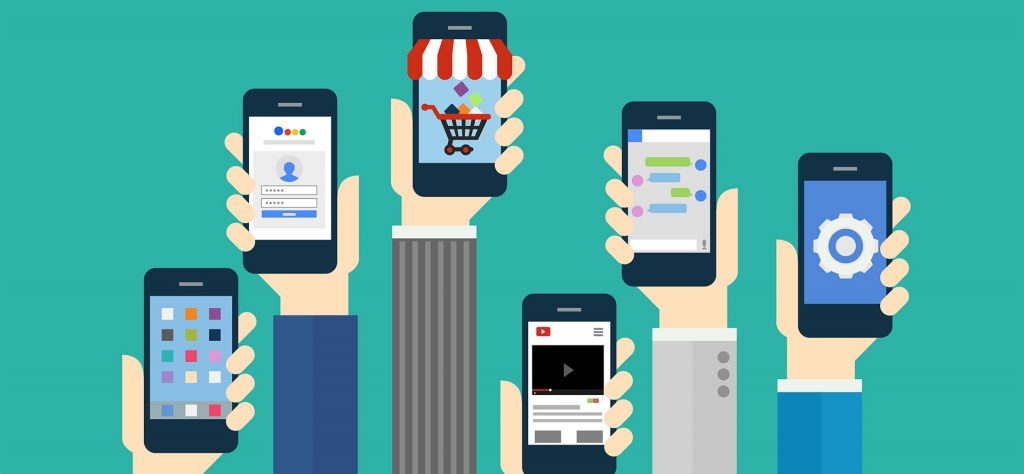Most people think that mobile app development is just about writing code. Hire a couple of programmers who could write code, throw a stack of functional requirements at them and viola! — an amazing app is created!
Unfortunately, this is not really the case.
Coding is essential but only a small part of a larger process. A successful app isn’t built by jumping straight into development; we have to start with careful study, planning, and research to ensure that it meets and exceed users’ and clients’ expectations.
Imagine just asking carpenters to “build me a cabinet” or a construction company to “build me a house” without them knowing who is it for, how it is expected to be used, and what the cabinet or house should consist of. You are leaving it to chance that they will end up building something that you want.
It is the same for mobile application development. Beyond just knowing what are some of the features you would like to implement in your mobile application, it is important to first establish the who, what, when, where, why and how of the mobile application.
Some examples of the who, what, when, where, why and how:
Who – Who is this mobile application for?
What – What is this mobile application used for? What measurements or KPIs define a successful project for you? What do your end-users expect out of the mobile application? What are the business objectives you want to achieve with this mobile application?
When – When do you need the mobile application by? Are there any business sensitive dates and timelines? When can you start? When will resources be available for design or development?
Where – Where should the mobile application seat? Which platforms should we develop for? Where are your end-users?
Why – Why are you even building this mobile application? Why did you want to achieve certain business objectives?
How – How should the features work? How should we design the UX/UI to appeal to your end-users? How should we design the UX/UI to nudge end-users towards your business objectives? How can certain technical complexity be overcome and achieved?
At Originally US, we believe that it is very important to go through the process of understanding and answering the above questions before embarking on any design or development work. This is because we want projects to have the highest chance of success in hitting business objectives and acceptance by end-users.
We believe in a win-win relationship with our clients where if the mobile application we build for them is successful and well accepted by end-users, we will have more opportunities to maintain and enhance the mobile application for our clients. This way, our clients’ and our win are aligned.
Through years of experience building award-winning, great mobile apps for global brands and enterprises, we have established the ‘UPWARD’ methodology that goes above and beyond the development norm to deliver a fantastic end product.
We apply our ‘UPWARD’ methodology on our most discerning clients to help ensure project success.
How do we do this? Here’s a quick look at our methodology and a summary of each step:

User Study: User research, interviews and surveys to establish user profile, requirements, expectations and what defines success for end-users
Product Study: “Static” Analysis, market research and competitive study
Wireframing: Sitemaps, user journey mapping, mood boards, story-boarding
Analysis: Collecting analysis & alignment in mobile application goals and specifications with our client
Reconcile: Reconcile and reiterate with revised wireframes/other project artifacts
Design & Development: Start of the design and development phase
We establish a clear understanding of the context surrounding our upcoming app and its users, before beginning the comprehensive process of sketching and improvement via a feedback loop between our clients and us.
We don’t dive right into development without properly discerning what the client and users want.
Doing so means operating with many assumptions in mind, a lack of specificity, and ultimately an app that flops due to lack of proper research.
Our team starts off with proper user and product study processes to ascertain what exactly the context surrounding the product is—and how we may best meet the app development objectives.
After wireframing, which is the initial sketch to visualize how the app will appear, we go through rounds of testing, collective feedback, and discussions with our client.
These steps are significant in managing expectations and making for a happy working relationship!
To understand how we have applied ‘Upward’ on our projects, you can check out our River Safari app development case study, as an example.




